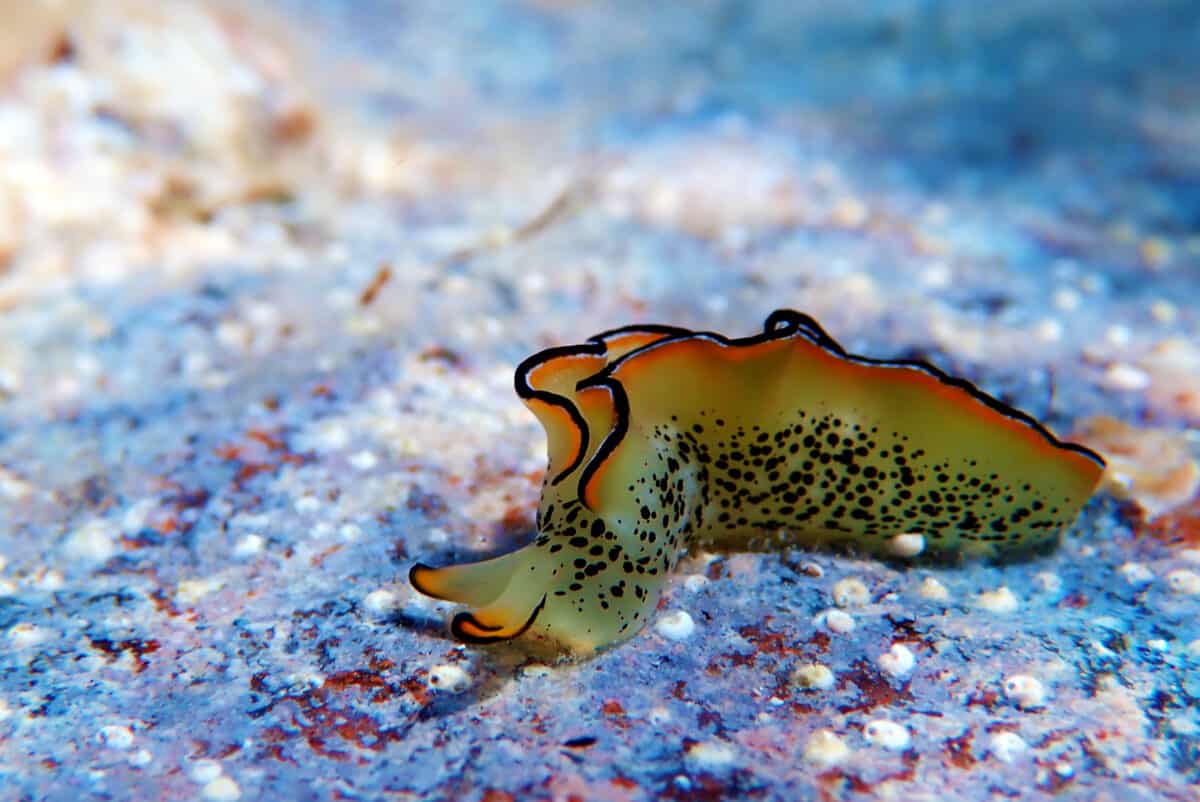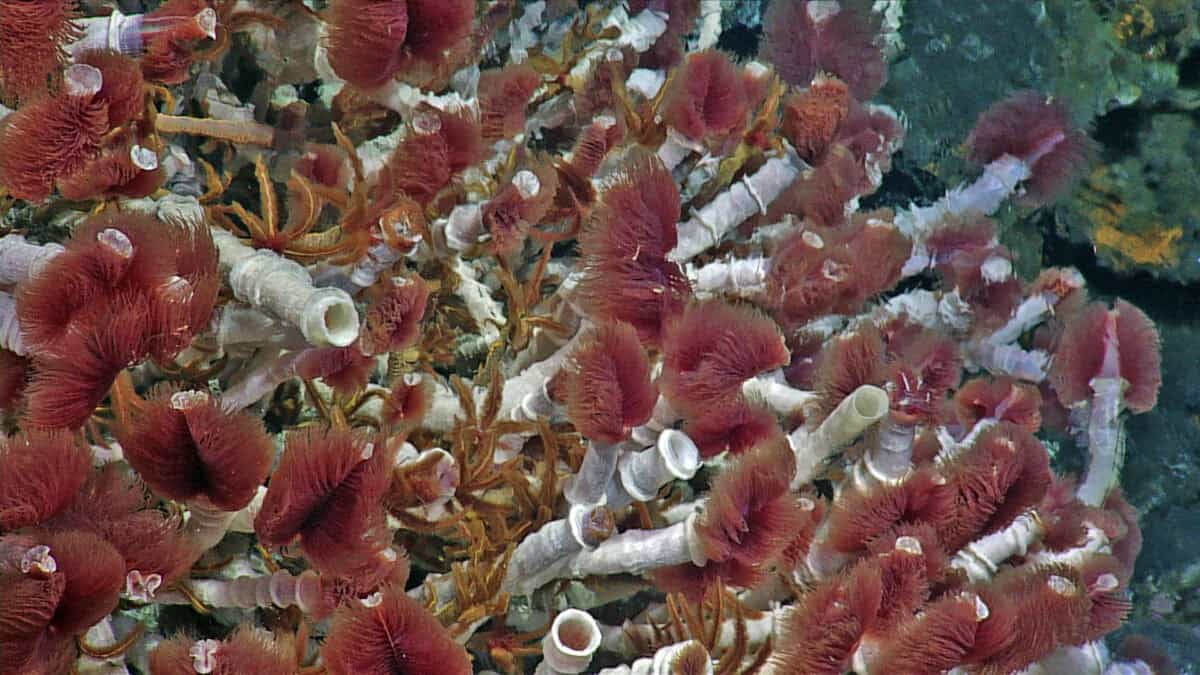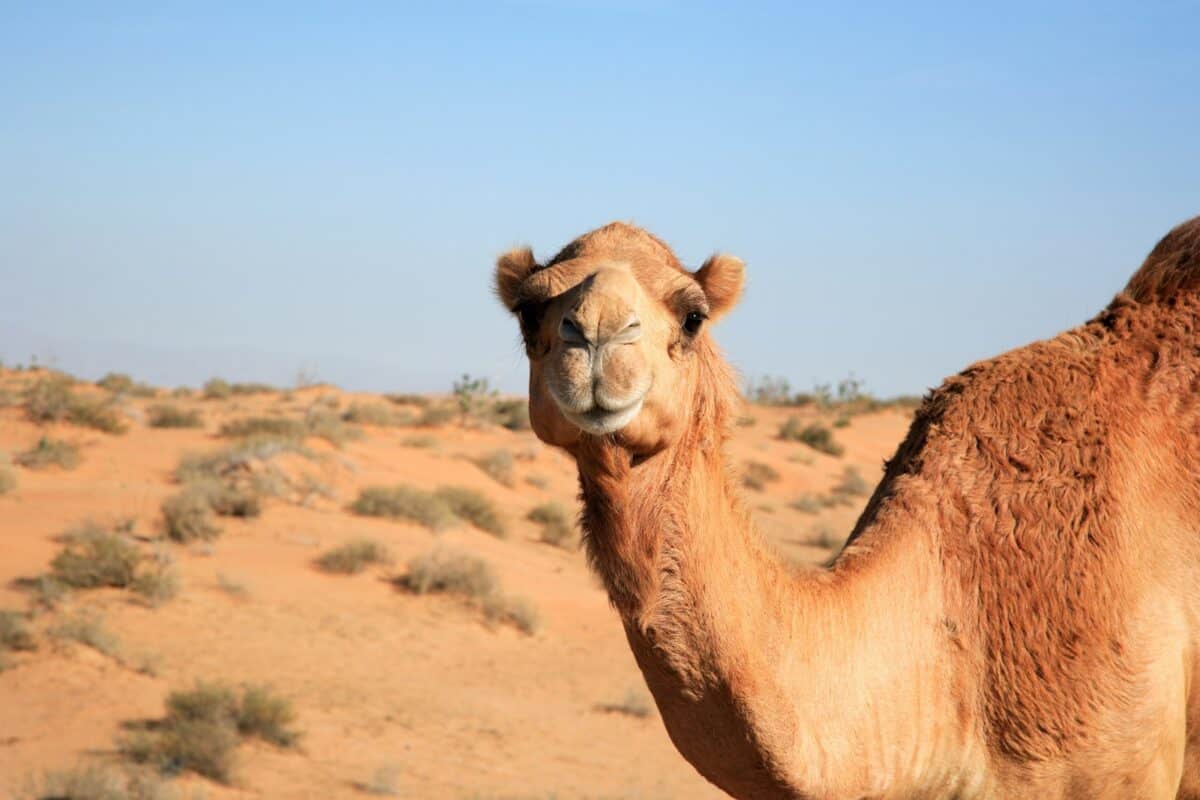The natural world is filled with extraordinary organisms that have evolved unique survival strategies, but can any animal truly live on just air and light? This question touches on fundamental concepts of biology and challenges our understanding of life’s energy requirements. While plants use photosynthesis to convert sunlight into energy, the animal kingdom generally requires more substantial nutrition. However, some remarkable creatures come surprisingly close to the mythical idea of surviving on minimal resources. In this article, we’ll explore organisms that have developed fascinating adaptations to survive with incredibly efficient energy systems, some appearing to need little more than air and light—though as we’ll discover, the truth is often more nuanced than it first appears.
The Scientific Reality: Can Animals Live on Air and Light Alone?

From a strictly scientific perspective, no known animal can survive solely on air and light. All animals are heterotrophs, meaning they must obtain energy by consuming other organisms or organic compounds. This fundamental biological principle distinguishes animals from plants and some bacteria that can create their own food through photosynthesis. However, some animals have evolved remarkable adaptations that allow them to survive with minimal food intake for extended periods, creating the illusion they might be living on just environmental elements. Understanding these adaptations reveals fascinating evolutionary strategies and pushes the boundaries of what we consider possible in animal survival.
Sea Slugs with Plant-like Powers: The Eastern Emerald Elysia

The Eastern Emerald Elysia (Elysia chlorotica) represents one of nature’s most extraordinary examples of an animal that comes close to living off light. This remarkable sea slug performs “kleptoplasty,” a process where it extracts chloroplasts from the algae it consumes and incorporates them into its own cells. These borrowed chloroplasts continue to photosynthesize within the sea slug’s body, providing it with energy from sunlight for up to nine months without additional food. This phenomenon, sometimes called “solar-powered sea slugs,” represents one of the closest examples in the animal kingdom to photosynthesis. However, it’s important to note that the Elysia still needs to eat algae initially to acquire these chloroplasts, so it doesn’t truly survive on just air and light.
Tardigrades: Masters of Metabolic Suspension

Tardigrades, often called water bears or moss piglets, are microscopic animals renowned for their incredible survival abilities. When faced with extreme conditions, tardigrades can enter a state called cryptobiosis, where their metabolism slows to less than 0.01% of normal. In this state, they expel almost all water from their bodies and can survive for decades without food or water, appearing virtually lifeless. They’ve been documented surviving the vacuum of space, extreme radiation, pressure six times greater than in the deepest ocean trenches, and temperatures from near absolute zero to 300°F. While tardigrades don’t live on air and light alone—they do need to eat bacteria, algae, or plant matter when active—their ability to suspend their need for nourishment for such extended periods makes them seem almost independent of normal biological requirements.
Olm Salamanders: The Cave Dwellers That Rarely Eat

The olm (Proteus anguinus), a blind salamander living in the dark caves of Central and Southeastern Europe, demonstrates remarkable adaptation to food scarcity. These pale, snake-like amphibians can survive up to a decade without eating, slowing their metabolism dramatically and utilizing stored reserves with exceptional efficiency. Living in perpetual darkness, olms have evolved to make the most of extremely limited resources in their cave environments. Their hearts beat just twice per minute when at rest, compared to the 100+ beats in human hearts. While olms don’t use light for energy (living in complete darkness), their ability to survive on minimal sustenance for years represents an extraordinary adaptation that challenges our understanding of animal energy requirements. Recent research suggests they may live up to 100 years, with their unique metabolism playing a key role in their longevity.
Antarctic Ice Fish: Surviving in Freezing Darkness

Antarctic ice fish have evolved remarkable adaptations to survive in one of Earth’s most extreme environments, where food can be extremely scarce for long periods. These fish have developed “antifreeze proteins” that prevent their blood from freezing in sub-zero temperatures and are the only vertebrates with no hemoglobin or red blood cells. Their transparent bodies and unique cardiovascular systems allow them to thrive in oxygen-rich, cold waters where other fish cannot survive. Some species can go months between significant feeding events during the dark Antarctic winter. While they don’t live on air and light alone, their ability to survive on minimal food intake in perpetual darkness during winter months showcases nature’s ingenuity in adapting to extreme resource limitations.
Bacterial Partnerships: Animals That Harness Microbial Energy

Some animals have developed symbiotic relationships with bacteria that allow them to access energy sources otherwise unavailable to them. Deep-sea tube worms living near hydrothermal vents host chemosynthetic bacteria that convert hydrogen sulfide—toxic to most animals—into usable energy. Similarly, certain termite species harbor specialized gut microbes that break down cellulose, allowing them to derive nutrition from wood that would be indigestible to most animals. The spotted salamander (Ambystoma maculatum) incorporates algae into its embryos, potentially becoming the first known vertebrate to benefit from photosynthesis. These relationships represent an evolutionary strategy where animals essentially “outsource” energy production to microorganisms, allowing them to thrive in environments or on food sources that would otherwise be inaccessible. While not truly living on air and light alone, these partnerships demonstrate how blurry the lines between traditional nutritional categories can become.
Desert Adaptations: The Extraordinary Efficiency of Camels

While camels don’t live on air and light alone, their desert adaptations represent some of the most efficient resource utilization in the animal kingdom. Camels can go up to seven days without water and several months without food, drawing on stored fat reserves in their humps that provide both energy and metabolic water. Their bodies are extraordinarily efficient at conserving water—their urine is as thick as syrup, and their feces are so dry they can be burned as fuel immediately after excretion. Their body temperature can fluctuate by 6°C (10.8°F) without ill effects, reducing the need for cooling through evaporation. These adaptations allow camels to survive in environments where other large mammals would quickly perish, demonstrating how evolution has solved the problem of extreme resource scarcity through metabolic efficiency rather than finding alternative energy sources like light.
The Ocean Sunfish: Massive Growth on a Jellyfish Diet

The ocean sunfish (Mola mola) presents a fascinating paradox in animal nutrition. Despite growing to enormous sizes—up to 5,000 pounds, making them the heaviest bony fish in the world—they subsist primarily on a diet of nutritionally poor jellyfish. These fish must consume enormous quantities of jellyfish, which are more than 95% water, to sustain their massive bodies. This represents an extraordinary case of an animal evolving to thrive on what would be considered an insufficient food source for most organisms. Their unique metabolism and digestive adaptations allow them to extract maximum value from these minimal nutrients. While sunfish certainly don’t live on air and light alone, their ability to build and maintain massive bodies on such a nutritionally dilute food source demonstrates how animals can evolve to require surprisingly little actual caloric intake relative to their size.
Suspended Animation: Frogs and Turtles That Pause Life

Several amphibians and reptiles have developed the remarkable ability to essentially “pause” their lives during harsh conditions. Wood frogs (Lithobates sylvaticus) can freeze solid in winter—with no heartbeat, no breathing, and ice crystals throughout their bodies—only to thaw and resume normal function in spring. Painted turtles can survive without oxygen for months under frozen ponds by switching their cells to anaerobic metabolism and using their shells as buffers against the resulting lactic acid. The African lungfish can survive in dried mud cocoons for years during drought, reducing their metabolism to 1/60th of normal. These animals don’t feed during these dormant periods, yet they maintain just enough cellular function to prevent death. While they require food during active periods, their ability to suspend their metabolic needs for extended timeframes represents one of nature’s most effective strategies for dealing with resource scarcity—stopping the clock rather than finding alternative energy sources.
The Scientific Myth of Breatharianism in Humans

The concept of living on air and light alone has unfortunately led to dangerous pseudoscientific claims in human health contexts, particularly through a practice called “breatharianism.” Proponents claim humans can be trained to survive without food or water, sustained only by prana (life force in yoga), air, or sunlight. From a scientific perspective, these claims are completely false and extremely dangerous. Multiple followers of breatharianism have died from starvation and dehydration. The human body absolutely requires water, proteins, carbohydrates, fats, vitamins, and minerals to function. While examining remarkable animal adaptations for minimal resource survival is fascinating scientifically, it’s critical to understand that humans have not evolved such capabilities. The persistence of breatharianism myths highlights the importance of solid scientific education about basic human nutritional requirements.
Future Research Directions: Studying Extreme Survival Mechanisms

The study of animals with extraordinary energy efficiency has important implications for human medical and space research. Scientists are investigating tardigrade proteins to develop better methods for preserving vaccines and blood samples without refrigeration. Research into cryptobiosis might help develop ways to preserve human organs longer for transplantation. Understanding how olms and other animals dramatically slow their metabolism could potentially inform treatments for conditions like stroke and heart attack, where quickly reducing cellular energy requirements could prevent tissue damage. The antifreeze proteins from Antarctic ice fish have applications in improving frozen food quality and possibly organ preservation. As we face increasing environmental challenges, understanding how animals adapt to resource scarcity may provide crucial insights into building resilience in agricultural systems and human communities. These remarkable animal adaptations represent not just biological curiosities but potential blueprints for solving pressing human challenges.
Evolutionary Perspective: Why True Air-and-Light Survival Never Evolved

From an evolutionary perspective, it’s worth considering why no animal has evolved to truly live on air and light alone, despite the obvious advantages such an adaptation would provide. The answer lies in the fundamental biological constraints and evolutionary history of animals. Animal cells lack cell walls and the specialized organelles needed for photosynthesis, making the architectural changes required for direct energy harvesting from sunlight extraordinarily complex and unlikely to arise through incremental evolutionary steps. Additionally, animals evolved as mobile organisms that actively seek resources, with energy-intensive nervous systems and muscles that require more immediate and concentrated energy sources than photosynthesis can typically provide. Even the most efficient photosynthetic organisms can only convert about 6% of captured light energy into chemical energy—insufficient for an active animal lifestyle. The evolutionary path to becoming a consumer rather than a producer was set hundreds of millions of years ago, and while amazing adaptations for efficiency have evolved, the fundamental heterotrophic nature of animals represents an evolutionary constraint that has shaped all subsequent adaptations.
Conclusion: The Remarkable Spectrum of Animal Survival Strategies

While no animal truly lives on air and light alone, the diverse adaptations discussed highlight nature’s ingenuity in solving the universal challenge of energy acquisition. From sea slugs borrowing plant powers to tardigrades suspending life itself, these extraordinary organisms push the boundaries of what we consider biologically possible. They remind us that evolution doesn’t follow a single playbook but exploits every possible advantage—creating solutions as diverse as the challenges they address. The scientific reality of animal energy requirements doesn’t diminish the wonder of these adaptations but rather enhances our appreciation for the complex and clever ways life has evolved to thrive even in the most challenging circumstances. As we continue to study these remarkable creatures, they will undoubtedly reveal more secrets that may help us address our own challenges of sustainability and survival in a changing world.
- Why Polar Bears Cover Their Black Noses While Hunting - August 15, 2025
- How Snakes Became a Central Theme in Chinese Zodiac Legends - August 15, 2025
- Can Animals Predict Earthquakes? The Science Behind the Mystery - August 15, 2025

